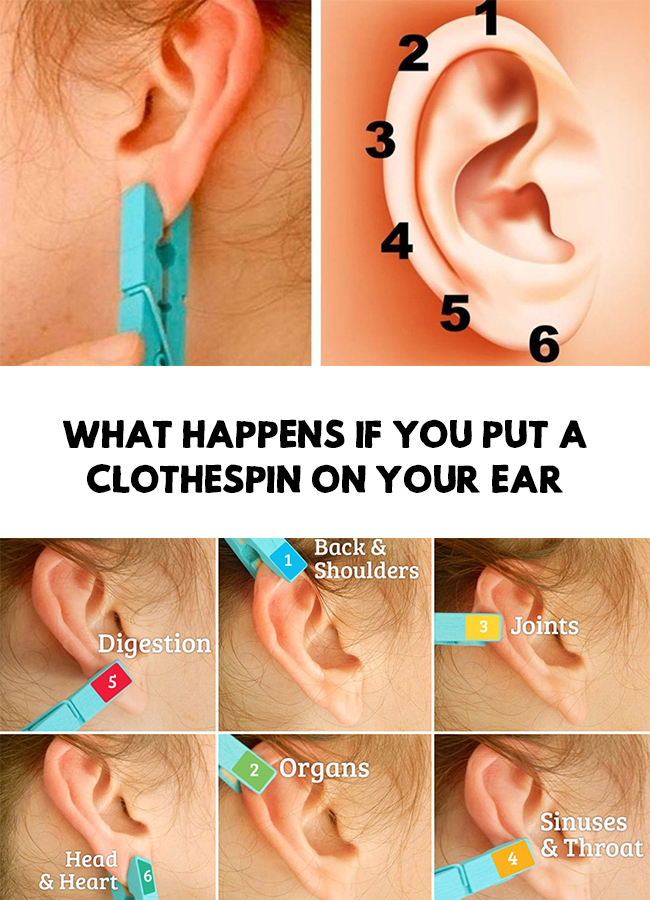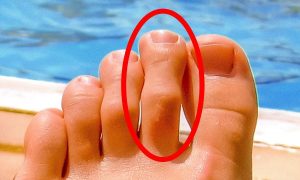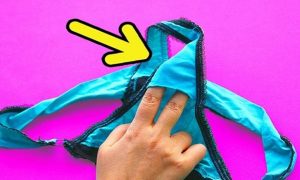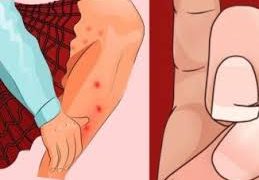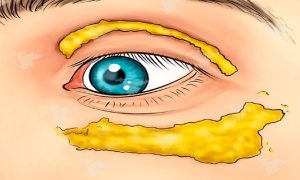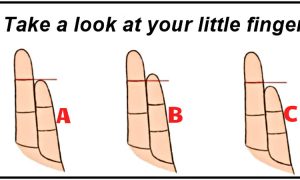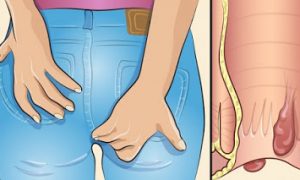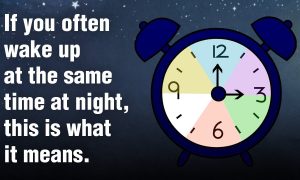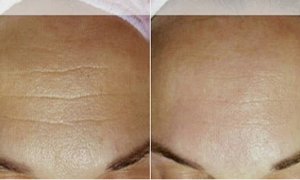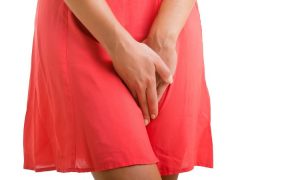Your ears have 6 special points, which, when a pressure is applied, affects certain organs of the body. The person who made this amazing discovery is a world-famous reflexologist, Helen Chin Him.






Each ear has a map that reflects the entire body, with nerve endings and multiple connectors at the level of the central nervous system.
This technique works best by using clothespins (compared to fingers).
Reflexotherapy is recognized by physicians as having valuable therapeutic effects and has large-scale applications in the healing process, as it seems to restore health by rebalancing the body.
- This part of the ear is connected to the shoulders and back, so pressing it for a minute every day will reduce the tension built up in these areas.
- This point is related to organs, and in case of internal sensitivity or discomfort, put a clothespin there to treat it.
- It is linked to the joints, so that when pressed, it relieves the pain and stiffness of the joints.
- When pressed, this place will relieve sinuses or sore throat, treat congestion and help you fall asleep easily.
- It is linked to the digestive system, so its stimulation will relieve stomach pain and will stimulate digestion, to prevent such problems.
- This point is related to the head and heart, so it can help relieve headaches and migraines and support heart health.
If clothespins have too high pressure for you, just try to massage that points.


